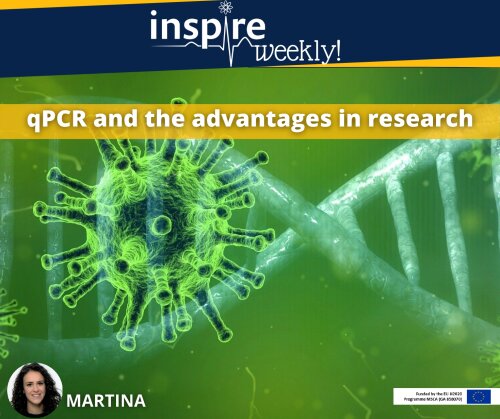07/07/2021 - Martina (ESR #2)

To monitor the spread of the SARS-CoV-2 (COVID-19) and the number of infections, Health and Sanitary organizations have adopted several measures to counteract the pandemic, including testing patients for their positivity to the virus with qPCR tests. The quantitative Polymerase Chain Reaction (qPCR) is a laboratory technique that allows to detect genetic material from a specific organism, such as DNA- or RNA- viruses. But how it really works? Firstly, RNA transcripts are converted by reverse transcription into their complementary DNAs (cDNA); then, DNA molecules are amplified by 3 repeating steps: denaturation of the double strand DNA into single strands thanks to heat; annealing with the DNA’s primers; elongation, in which DNA polymerase extends the 3′ end of each primer along the template strands, until the complete formation of a new dsDNA. In this way, at every cycle, it is possible to exponentially increase the number of the targeted DNAs.
During my PhD, I am going to use the qPCR technique to investigate new biomarkers of cardiotoxicity - as, for example, the expression of miRNAs - on in vitro cultures of human induced Pluripotent Stem Cells - derived Cardiomyocytes (hiPSC-CMs), when exposed to some cardiotoxic drugs. Using qPCR, we will amplify selected miRNAs from hiPSC-CM and compare their expression to the control.